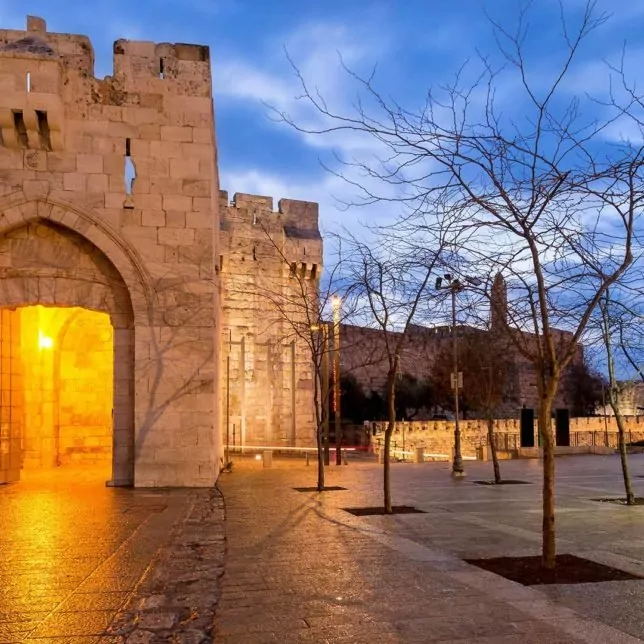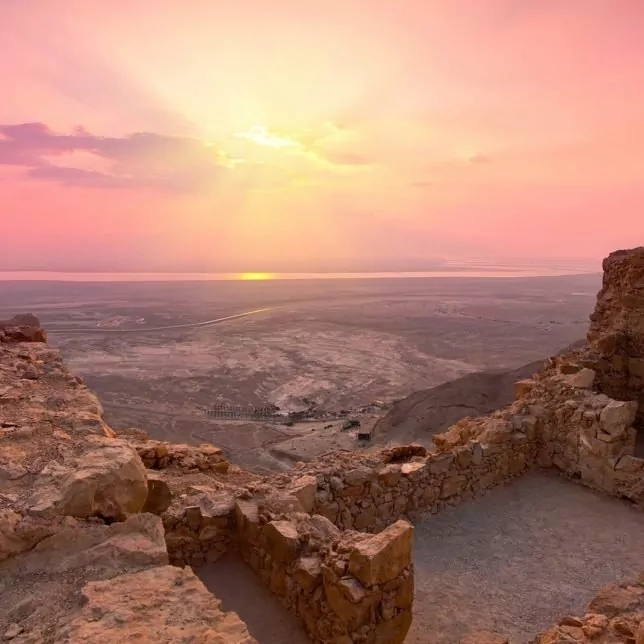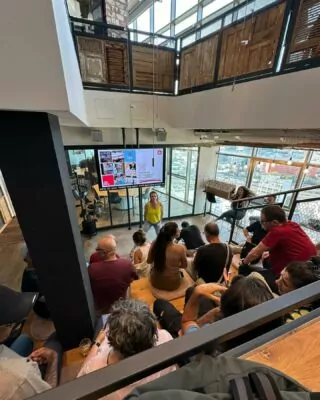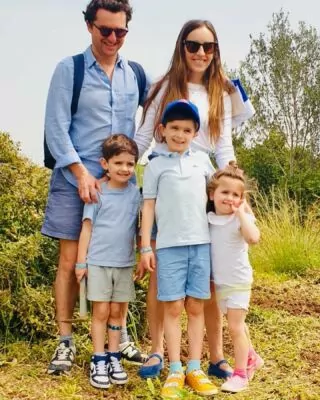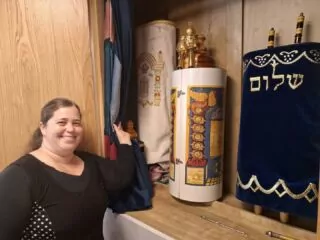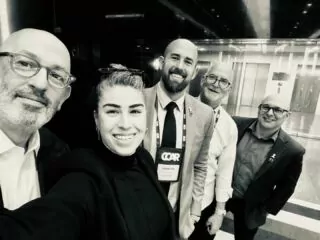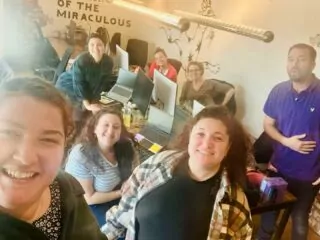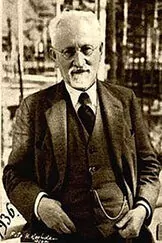
Simon Dubnow 1860-1941
The life of the historian and political thinker Simon Dubnow illustrates the creativity and tragic fate of Jewish intellectuals in Eastern Europe during the first half of the twentieth century. Dubnow was born in Mstsislaw, a small Belarusian town in the Pale of the Settlement, the area where Jews in the Russian Empire were confined to. His family and early education were religious but in his teenage years Dubnow became (and would remain) a determined secularist.
Dubnow moved frequently over the course of his life. As a young man, he wandered Eastern Europe unsuccessfully seeking university education. In 1880, he used forged documents and settled in St. Petersburg – off-limits to most Jews – and began his writing career. After Jews were expelled from the city, he moved to Odessa in 1890 and Vilnius in 1905 before returning to St. Petersburg in 1906. The Bolshevik Revolution of 1917 eventually drove him and many other Jewish intellectuals to Berlin until the rise of Hitler scattered this émigré community. In 1933, Dubnow found refuge in Riga, the capital of independent Latvia, where he remained until his death.
Throughout these years, Dubnow wrote ground-breaking, widely published, histories of the Jewish people. He was also a major figure in the Jewish autonomist movement which had a wide-ranging and powerful influence on Jews in the early twentieth century and which presented itself as an alternative to Zionism, religion, Marxism, or assimilation. It held that the Jews of Europe were already a nation and had no need to create a homeland in Palestine. They should instead modernize their existing communal institutions, and, above all, speak their own national language – Yiddish. They should be a culturally autonomous, officially recognized, minority groupnation in the states in which they dwelled.
Fascist (and communist) hostility doomed the Jewish autonomist movement and many of its leaders. In July 1941, the Germans occupied Riga. Dubnow was sent to the city’s ghetto and his superb library was destroyed. In the ghetto, he repeatedly demanded that “Yidn, shraybt un farshraybt” (“Jews, write and record what is happening to you”). Too sick to be transferred to the Rumbula Forest where thousands of Jews were being murdered, he remained in Riga where he was shot dead by a Gestapo officer on December 8, 1941.
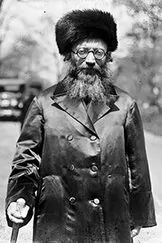
Rabbi Abraham Isaac Kook 1865-1935
Rav (Rabbi) Kook was born in Griva, then under the Russian Empire and today part of Latvia. His radical religious ideas which included many contradictions – he described himself as a “torn soul” – can be linked to his unusual background. His mother was from a Hassidic line while his father was a mitnaged – an opponent of Hasidism who emphasized rational Talmudic study and strict adherence to Jewish law. Through an uncle, Kook also had a deep knowledge of Jewish secular thought and writing. Rav Kook’s attempts to synthesize these often-warring Jewish streams into a mystical whole would make him into a unique figure in pre-State Palestine and in the development of religious Zionism.
From an early age, Kook was considered an ilui or prodigy. In 1884, he studied at the famed Volozhin yeshiva before becoming the communal rabbi firstly of Zaumel (in modern-day Lithuania) and then of Bauska (in Latvia). During this period, he developed his ideas including his claim that an ideal Torah-based society was a world of “Vegetarianism and Peace.” Unlike many of his fellow Orthodox rabbis, he saw great theological importance in the Zionist movement and in 1904 moved to Ottoman Palestine and served as chief rabbi of Jaffa. After spending World War I in England, he was appointed in 1921 as the first Ashkenazi Chief Rabbi of Palestine. He adjudicated on religious law, wrote mystical and philosophical works, and was especially known for his attempts to establish close ties with non-religious or even anti-religious Zionist pioneers. He viewed them as unwitting saints, who by building up the Land of Israel and by rebelling against staid-bound tradition, were laying the groundwork for Jewish redemption and the Messianic age. Such ideas led to fervent criticism from the anti-Zionist Orthodox community living in Palestine at the time, and Rav Kook’s books and effigy were sometimes burnt.
An inveterate optimist who was often described as being politically naive, Rav Kook’s efforts to bring ultraOrthodox and secular Jews together in Palestine proved largely unsuccessful. However, his widespread interests, peace-loving personality, and openness to modern culture, science, and art impressed many with 20,000 people attending his funeral in Jerusalem in 1935. His influence today is most felt within the religious Zionist and modern Orthodox communities. Many religious Zionist leaders were educated at Mercaz HaRav, the yeshiva he established. Rav Kook’s writings and ideas were also spread to later generations through his son Rabbi Zvi Yehuda Kook, who would himself become an influential and controversial Israeli religious leader particularly associated with the settlement movement.
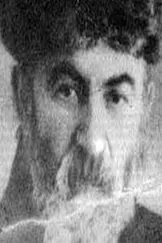
Mordechai Dubin 1889-1957
Mordechai Dubin, a politician and powerbroker of inter-war Latvia, was born in Riga in 1889. His family were wealthy with his father being one of the religious Jews originally from Russia that dominated Latvia’s timber trade. Mordechai, a Lubavitcher Hasid, received an exclusively religious education but was a worldly figure known for his skill in dealing with disparate groups. He first came to prominence as a Jewish leader and political fixer during the chaotic period of violence and uncertainty that followed World War I. Many Jews had left or were expelled from Latvia during the war and the organized Jewish leadership had dissipated. Dubin played a key role in protecting the interests of Latvian Jews who were returning, and also assisted Jewish refugees from Communist Russia.
When an independent Latvian Republic came into existence in 1920, Dubin – unlike many Jews a fluent speaker of Latvian – was well placed to take a lead role in the new democratic process. He founded and led Latvia’s ultraOrthodox Agudas Israel party and was repeatedly elected to Parliament as a representative of the predominantly Jewish parts of Riga. There were fierce political divisions among Latvian Jews, including its ultra-Orthodox, Zionist, Bundist, and communist factions. Dubin was nonetheless acknowledged to be a savvy and courageous shadtan or intermediary for Jewish causes and individuals. He spent years finding compromises that prevented the Catholic Church from seizing land within Jewish shtetls. A staunch opponent of secular Jewish culture, he nonetheless helped secure a government subsidy for a Jewish theater. In return, the theater agreed to Dubin’s request not to perform on the Sabbath and Jewish holidays. Most famously, in 1927 he convinced the Soviet Union to release the imprisoned leader or Rebbe of the Lubavitcher movement, Yosef Yitzhok Schneerson, and allow him to move to Latvia. The quid pro quo was that Dubin threw his political support behind a controversial trade deal between Latvia and the Soviet Union.
When Latvia’s democracy collapsed in 1934, Dubin emerged as the only Jew with influence over the nationalist dictator, Karlis Ulmanis. His close ties with the regime were criticized by many Jews but allowed Dubin to continue as an intermediary for Jews, and he was able to get Latvia to accept Jews fleeing from Nazi Germany. The Soviet Union’s invasion of Latvia in 1940 signaled the end of Dubin’s power and the beginning of his persecution. He, along with many Latvian political figures, was sent into exile in 1941. His family remained in Riga and perished during the German occupation and Holocaust. In 1946, Dubin briefly returned to Riga but was met with hostility by the Communist authorities. He was again sent to the Soviet Union, where he endured prison and forcible psychiatric treatment. He died in 1956 or 1957 in a prison labor camp in Siberia.
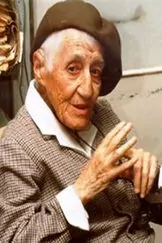
Nechama Leibowitz 1905-1997
Nechama Leibowitz, one of the twentieth century’s most influential teachers of the Bible and a pioneering woman in Orthodox Jewish education, was born in Riga, Latvia in 1905. Her family were well-to-do religious Zionists, with a deep connection to both Jewish and general culture. Primarily educated at home, she and her brother Yeshayahu – who would become a famous and outspoken Israeli philosopher and scientist – competed together in biblical quizzes designed by her father.
In 1919, the family moved to Berlin where Nechama completed a doctorate and, to the disapproval of her parents, married her unwell and much-older uncle. In 1930, the couple moved to Palestine. Apart from one journey to bring her parents to the country, she refused to leave the land of Israel again.
She taught widely, educating not only biblical scholars and yeshiva and university students but also soldiers, kibbutzniks, new immigrants, and taxi drivers. She was “a one-woman Open University” mailing out thousands of Torah lessons plus study questions to her students, and then replying personally to their answers and comments. Her innovative scholarship and commanding presence helped reinvigorate the study of Torah and its traditional commentaries for the religious and secular alike. In 1956, she received Israel’s prize for education, and in 1971 began publishing her influential volumes on the weekly Torah portion.
Leibowitz was the first female Torah teacher many of her students had been exposed to and a role model for many women religious educators. Nonetheless, she denied any connection with feminism and was hostile to ideas that women should play a full role in Jewish ritual. Known for her wit, austere lifestyle, and modesty, she insisted that her gravestone describe her simply as a Morah – a teacher. She died at age 92.
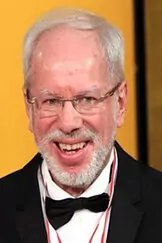
Gidon Kremer 1947-
Gidon Kremer, one of the world’s great violinists, was born in Latvia in 1947. His father survived the Holocaust by hiding in a Riga cellar for two years while his mother came from a German and Swedish background. Both were professional violinists whose careers were disrupted by the war. Kremer’s grandfather was also a well-known Riga musician. Kremer began studying the violin at age four under his father’s tutelage before excelling at the Riga School of Music. At age 16 he was awarded Latvia’s First Prize in music. He moved to Moscow in 1965 to study under the renowned violinist David Oistrakh. By 1970, Kremer had won the Tchaikovsky International Competition and was being lauded as the “best violinist in the world” due to his technique, intensity, and originality.
Despite such acclaim, in 1980 he left the USSR for Germany, citing the difficulty of trying to be a free musician in a totalitarian state. While famed for his mastery of the traditional classical repertoire, he also champions lesserknown and new composers, and has recorded a number of albums of tango music.
Since 1997, he has led the Kremerata Baltica, an ensemble of musicians from the Baltic states of Latvia, Estonia, and Lithuania. Kremer describes this as a political as well as musical endeavor and has praised the role of the Baltic people in the peaceful collapse of the Soviet Union. Multi-lingual and still performing over 100 concerts a year around the world, he has houses in a number of cities but describes himself as having “lost his sense of home.”
J2 STUFF.
We have everything you need to know before you go. Check out our Instagram my_j2adventures for cool updates and interesting tidbits.
The J2 App
available on the App Store & on Google Play.

START PLANNING LET’S EXPLORE.
Whether you have a journey in mind, want to join a featured trip, or simply want to explore, drop us a note. We work really hard to be a loved travel company that delivers amazing and memorable experiences. So please do not be surprised when we say “yes” to every reasonable request you make!
